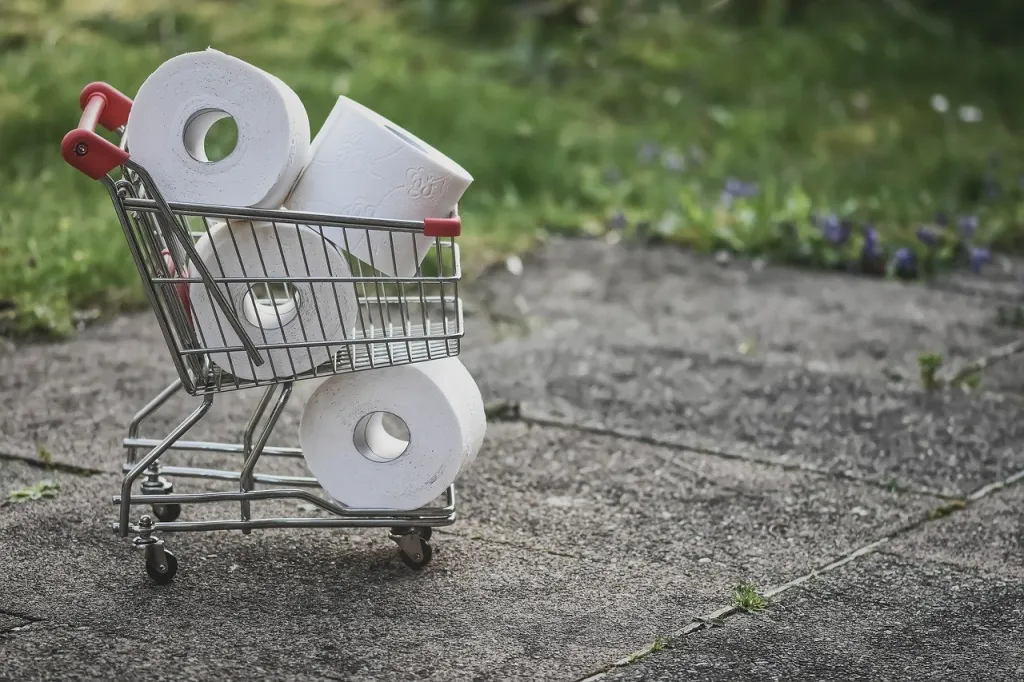
edited in 2021
COVID-19’s high proliferation capability makes operating a multifamily property more complex. By nature, a multifamily asset provides a high chance of congregation of multiple families that do not interact with each other on a frequent basis. This makes multifamily properties one of the hotspots for the spread of COVID-19. Regulations and guidelines should be followed, especially for the safety of those in groups with high mortality rates from the virus. Multifamily operators have had to change multiple aspects of daily operation. Showings have to be performed with social distancing in mind and many operators quickly implemented video or self-showings. Regular inspections have had to be done via video conferencing with residents. Vacancy turnaround processes have to include a 24-72h period where the unit has to be cleared of human interaction, overall increasing turnaround times. On top of these operational changes, managers have to ensure rents are collected even with the eviction moratorium in place. This requires high rapport of the manager with the residents. While some property operators initially struggled with the changes that occurred, they were able to pivot and adapt to the new reality leading to very minimal loss of revenue (if any).
Eviction Moratorium - Due to the high volume of job loss across the US and in an effort to limit the spread of the virus, the federal government and multiple states initiated eviction moratoriums. The moratorium allows residents to defer payment of rent and/or utilities without the consequence of eviction. In Oregon, state legislatures passed HB 4401 which gives eviction protection for residents until June 30th, 2021 when they provide their landlords with “Declaration of Financial Hardship for Eviction Protection” form. In Washington, the governor has ordered state wide eviction moratorium until March 31st, 2021 and a utility shut off moratorium until April 30th, 2021. It’s important to note that this moratorium only defer rent collections and tenants will have to pay back any and all rents that were deferred.
Economic vacancy - This occurs when a resident in a unit is unable to provide rent. During the April-August of 2020 when COVID-19 eviction moratoriums were in place, rent collections fell about 1-3% nationwide compared to 2019. This loss in rent collection hurts small multifamily rentals. Commercial multifamily operators would likely not feel this loss as drastically as small mom and pop operated rentals due to scale which mitigates the effect of rent loss from a few units. Generally, commercial multifamily is a recession proof asset and even with government intervention many commercial multifamily operators will come out unscathed from this economic downturn.

Graph above is from the National Multifamily Housing Council
Vaccine A COVID-19 vaccine was first made publicly available on January 2021 in the US. As of this writing (March 2021), approximately 10% of the US population is have been vaccinated, while approximately 11% of residents in Oregon and Washington states are fully vaccinated. As the vaccine distribution continues, cases of death related to COVID-19 continue to drop in the US and states are beginning to phase out restrictions. Multifamily investors and operators are currently looking for opportunities to deploy capital into properties that were underperforming during the pandemic. COVID-19 came unexpectedly and triggered a global pandemic that has claimed over 100 million lives worldwide and 29.2 million lives in the US. While many restrictions in place during the pandemic were unfavorable to rental operators, commercial multifamily saw less of an impact given its economy of scale. As the vaccine continues to proliferate, the economy will stabilize as the world returns to (new) normalcy. This, in turn, presents a unique opportunity for investors and operators to acquire properties that underperformed during the pandemic.
COVID-19 a highly contagious and potentially lethal coronavirus. The first case in the US was reported on January 2020. Due to the mortality rate and highly contagious nature of COVID-19, cases rose sharply in the first few months of when it was found. The virus was such a danger that it flooded hospitals with patients and overloaded many of the densely populated metropolitan areas. Many countries had to limit social interactions by implementing stay at home quarantines and shutting down facilities such as restaurants, schools, and office spaces. COVID-19 emptied crowded city streets into in a few short months. Unemployment spiked due to the both fear and government intervention. Loss of employment caused many to struggle with paying bills, including mortgages and rent. The Center for Disease Control and Prevention (CDC) has placed multiple restriction guidelines in place due to the highly contagious nature COVID-19. Recommendations include: Social distancing - persons of different households should maintain 6ft of space between each other Mask mandate – a facial mask or shield should be worn when indoors and in cases where social distancing is not possible outdoors Hand washing – wash hands for 20 seconds before eating, after using the restroom or when they are visibly soiled. When hand washing is unavailable, CDC recommends the use of 60-95% alcohol content hand sanitizer Self-quarantine – for those who test positive for COVID-19 symptoms, CDC recommends the individual self-quarantine for the duration where the patient is symptomatic and an additional 10 days without testing or 7 days after receiving a negative test result. Other guidelines can be found on the CDC website.

Copyright © 2024 NuRoots Investment Group | All Rights Reserved